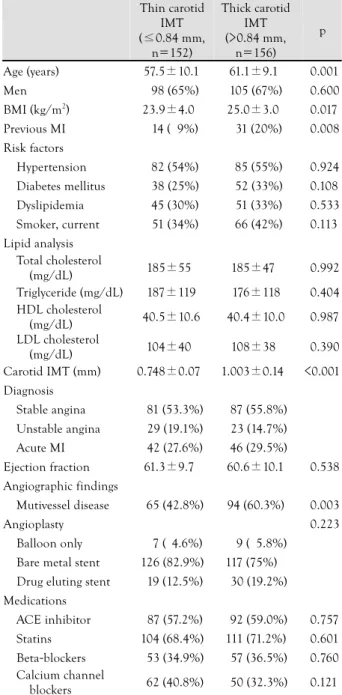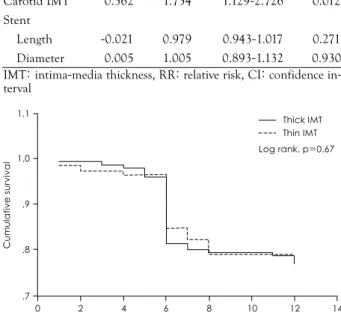The Prognostic Significance of Carotid Intima-Media Thickness in Patients Who Underwent Percutaneous Coronary Intervention
전체 글
수치


관련 문서
Also he expressed his feelings frankly, not sticking to styles or rules of poetry writing.. In respect to Imchun's literary view, it was suggested it was
With these results, we can suggest the hypothesis that increased cardiac output in the patients who administered ketamine increased muscle blood flow, and this is the
In the health fitness category of the adult women who underwent instrument pilates exercise, they were statistically significant in muscle strength,
Therefore, an animation-based teaching method appeals to students who are not friendly with printed media and also, it enables students to have understanding
Second, The changes in physical fitness factors related to falls in the elderly women who had an 8 - week physical fitness program showed
As was observed in SEM images, the thickness of the selective layer of synthesized membranes in this study was higher than conventional TFC membrane due to the nature of
As a result of analyzing the beginning and the process of village community media of the research subjects, it was found that village community media started
In this study, we investigated the time course of neutrophil recruitment and infiltration in the early stages of arterial throm- bosis using an FeCl 3 -induced carotid